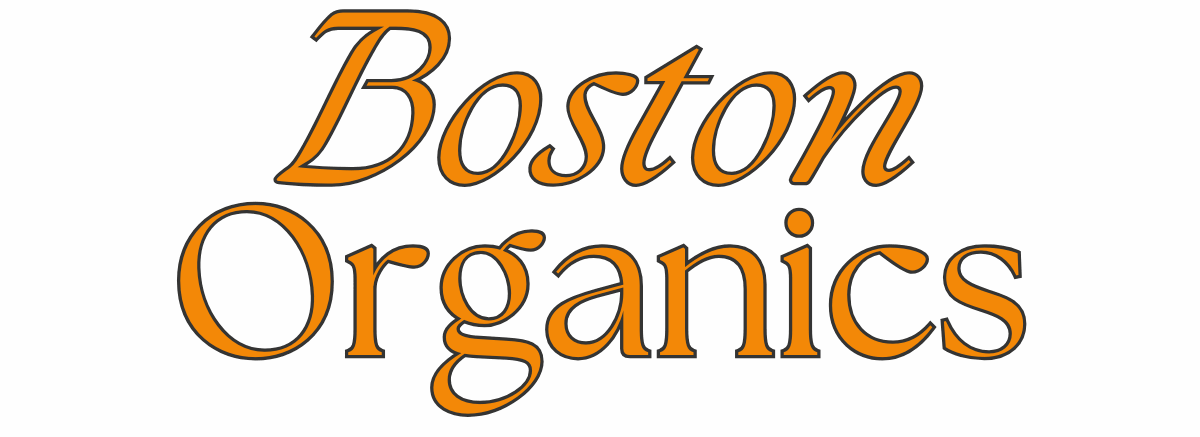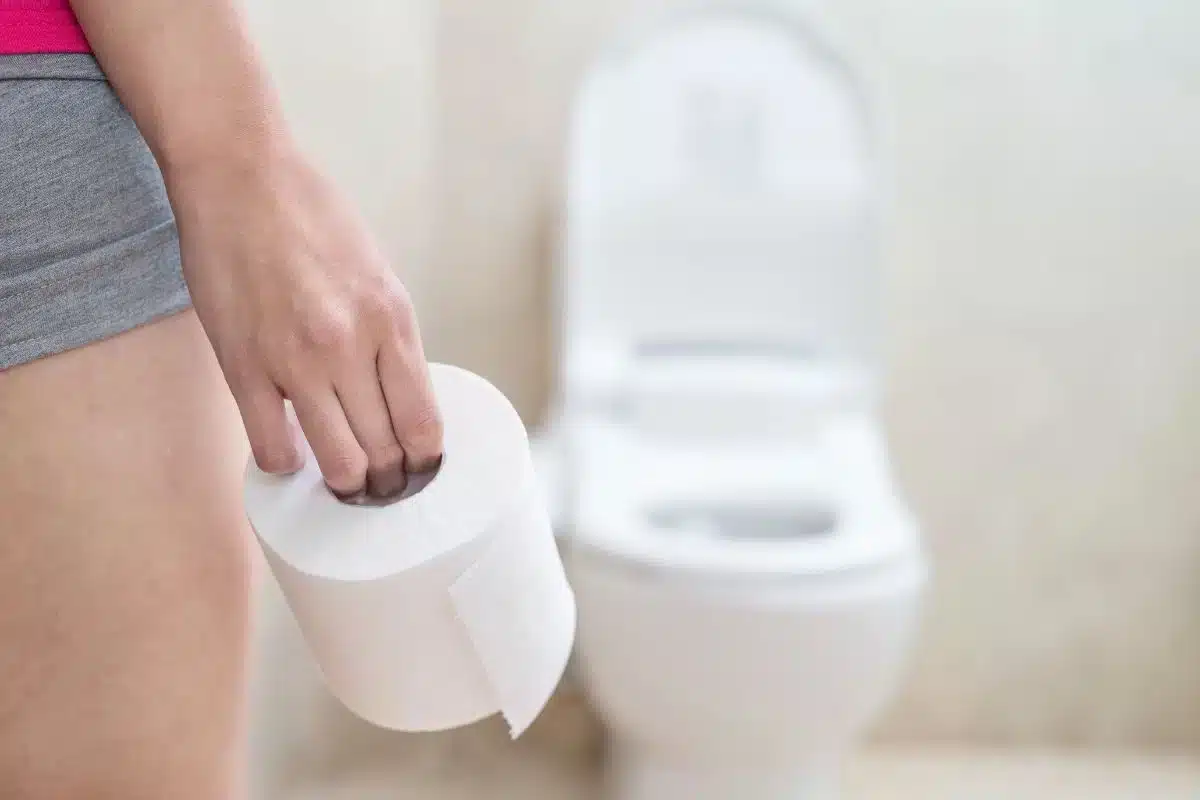Modern bathrooms are undergoing a transformative shift as innovative water-based cleaning systems challenge the traditional reliance on toilet paper. This revolutionary approach promises superior hygiene while addressing mounting environmental concerns that plague conventional paper products.
Health advantages of water-based cleaning systems
Water-based toilet systems deliver unmatched cleanliness compared to conventional paper methods. Medical professionals increasingly recognize that dry wiping often proves inadequate, particularly following loose bowel movements. The friction generated by repeated wiping motions creates irritation and potential skin damage in delicate areas.
Dermatologists emphasize that persistent discomfort following bathroom visits often indicates ineffective cleaning techniques. Traditional paper frequently leaves residue behind, creating breeding grounds for bacteria and increasing infection risks. Water-based alternatives eliminate these concerns through thorough cleansing that removes all traces of waste without harsh friction.
Individuals suffering from hemorrhoids, fissures, or recent surgical procedures particularly benefit from gentle water cleansing. The abrasive nature of toilet paper can exacerbate these sensitive conditions, while water-based systems provide relief through their non-invasive cleaning approach. Many users discover that switching to water-based cleaning resolves chronic irritation they previously accepted as normal.
The hands-free operation of these systems represents another significant hygiene advantage. Users avoid direct contact with contaminated surfaces, reducing transmission of harmful bacteria and viruses. This enhanced sanitation becomes especially valuable during illness outbreaks, when maintaining toilet cleanliness requires extra attention to prevent bacterial growth and staining.
Environmental impact of traditional toilet paper
The ecological footprint of toilet paper production reveals staggering environmental costs that water-based systems successfully avoid. Manufacturing toilet paper requires cutting down millions of trees annually, contributing to deforestation and habitat destruction worldwide. Each roll represents substantial water consumption during production processes that far exceed the minimal water usage of bidet systems.
Chemical bleaching processes employed in paper manufacturing release toxic pollutants into waterways and atmosphere. These harmful substances accumulate in ecosystems, affecting wildlife and contaminating drinking water sources. Water-based cleaning systems eliminate these chemical concerns entirely while providing superior cleaning results.
The transportation and packaging of toilet paper products generate additional carbon emissions and waste streams. Millions of plastic-wrapped packages travel vast distances to reach consumers, creating unnecessary environmental burden. Switching to water-based alternatives represents a significant step toward sustainable living practices.
Climate-conscious households increasingly seek innovative solutions to reduce their ecological impact, much like adopting space-saving kitchen organization methods that minimize resource consumption while maximizing functionality.
Japanese innovation leading global change
Japan’s pioneering washlet technology has revolutionized bathroom hygiene through sophisticated water-based cleaning systems. These advanced fixtures feature precisely directed water jets that adjust pressure and temperature according to user preferences, ensuring optimal comfort and cleanliness.
The Japanese approach demonstrates how technology can enhance personal care while promoting environmental responsibility. Built-in bidets and washlets offer features including warm air drying, eliminating paper usage entirely. This comprehensive system addresses every aspect of bathroom hygiene through intelligent engineering.
Key features of modern water-based systems include :
- Adjustable water pressure settings for personalized comfort
- Temperature control for optimal user experience
- Warm air drying capabilities
- Self-cleaning nozzles for maintained hygiene
- Energy-efficient operation modes
Japanese bathroom technology represents forward-thinking solutions that prioritize both user comfort and environmental sustainability. These systems demonstrate how innovative design can solve multiple problems simultaneously while improving quality of life.
Practical transition to water-based alternatives
Adopting water-based cleaning systems doesn’t require complete bathroom renovation. Bidet attachments and washlet seats install easily on most standard toilets, offering cost-effective alternatives to full fixture replacement. These retrofit options range from basic non-electric models to sophisticated systems with multiple advanced features.
The initial investment in bidet technology recovers quickly through eliminated toilet paper purchases. Many households report substantial long-term savings that justify the upfront costs within months of installation. Simple maintenance requirements ensure these systems remain functional and hygienic with minimal effort.
Most users adapt to water-based cleaning within days of installation, finding the transition surprisingly comfortable. The psychological adjustment from familiar paper routines often proves more challenging than mastering the actual technology. However, once experienced, few individuals express desire to return to traditional paper-based methods.
Installation typically requires basic plumbing connections that most homeowners can complete independently. Professional installation services are available for complex systems or situations requiring electrical connections. The learning curve remains minimal, with intuitive controls that accommodate users of all ages and technical abilities.

